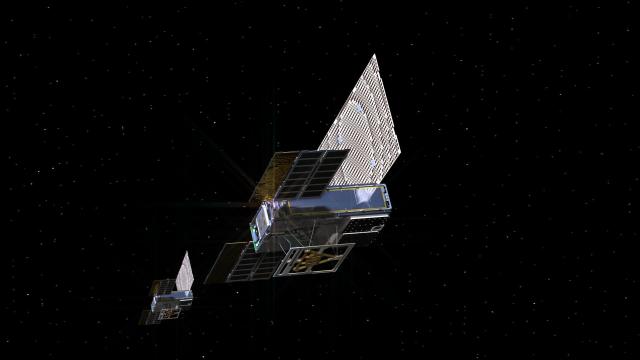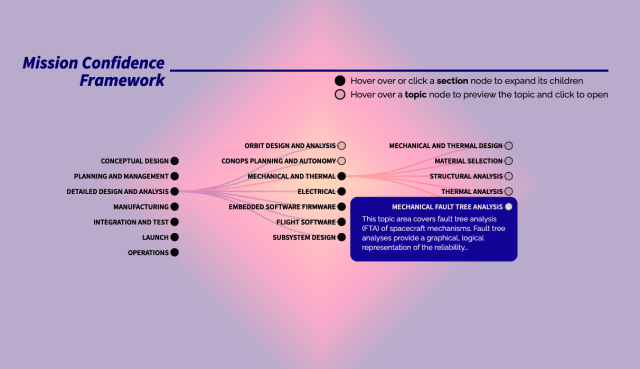


The Small Satellite Reliability Initiative – A Public-Private Collaboration
At present, CubeSat components and buses are generally not appropriate for missions where significant risk of failure, or the inability to quantify risk or confidence, is acceptable. However, in the future, we anticipate that CubeSats will be used for missions requiring reliability of 1-3 years for Earth missions and even longer for Planetary and Heliophysics missions. In addition, SmallSats could be developed using CubeSat components and subsystems but will not have the CubeSat form factor. Both CubeSats and SmallSats could then be used where their attributes could otherwise enable or enhance mission objectives or provide other meaningful benefits—e.g. lower cost, increased coverage (spatial, temporal, spectral), agility, resiliency, etc. Historically, it was understood and accepted that “high risk” and “CubeSat” were largely synonymous; expectations were set accordingly. But their growing potential utility is driving an interagency effort to improve and quantify CubeSat reliability, and more generally, small satellite mission risk.
The Small Satellite Reliability Initiative (SSRI)—an activity with broad collaborative participation from civil, DoD, and commercial space systems providers and stakeholders—targets this challenge. The Initiative seeks to define implementable and broadly accepted approaches to achieve reliability and acceptable risk postures associated with several SmallSat mission risk classes—from “do no harm” missions, to those associated with missions whose failure would result in loss or delay of key national objectives. These approaches will maintain, to the extent practical, cost efficiencies associated with small satellite missions and consider constraints associated with supply chain elements, as appropriate.
The SSRI addresses this challenge from two architectural scopes—the mission- and system-level, and the component- and subsystem-level. The mission- and system-level scope targets assessment approaches that are efficient and effective, and mitigation strategies that facilitate resiliency to mission or system anomalies while the component- and subsystem-level scope addresses the challenge at lower architectural levels. The initiative is not limiting recommended strategies and approaches to proven and traditional methodologies, but is focused on fomenting thought on novel and innovative solutions.
- Small Satellite Reliability Technical Interchange Meeting (TIM-1) Agenda and Presentations
- Small Satellite Reliability Technical Interchange Meeting (TIM-2) Agenda and Presentations
- Small Satellite Reliability Technical Interchange Meeting (TIM-3) Agenda and Presentations
- Small Satellite Reliability Technical Interchange Meeting (TIM-4) Agenda and Presentations
The SSRI, in conjunction with NASA’s Small Spacecraft Systems Virtual Institute (S3VI), has developed the SSRI Knowledge Base: a comprehensive online tool that consolidates and organizes resources, best practices, and lessons learned from previous small satellite missions. This tool aims to improve mission confidence for future small spacecraft. Additional information on the SSRI Knowledge Base is available here.
Points of contact:
Pat Beauchamp
patricia.m.beauchamp@jpl.nasa.gov
Michael Johnson
michael.a.johnson@nasa.gov
Harald Schone
harald.schone@jpl.nasa.gov
































